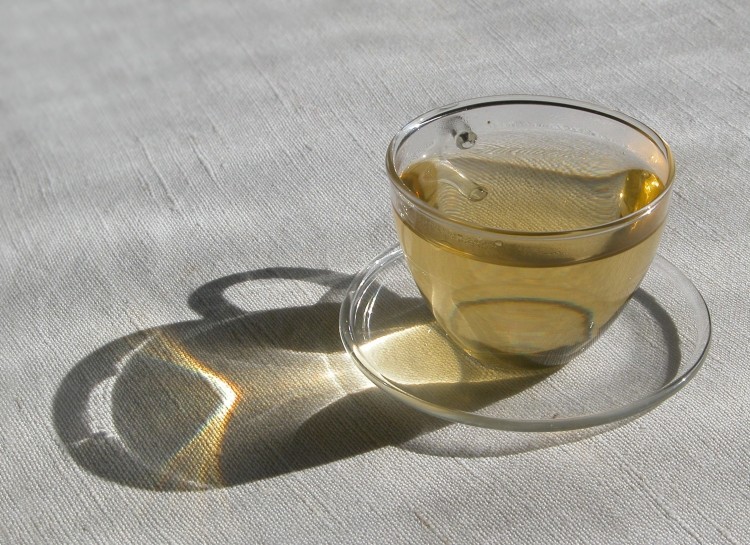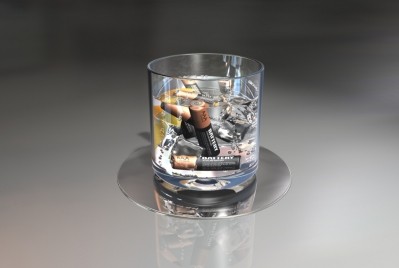High caffeine extraction from ethyl lactate

It’s the first time the bio-renewable agrochemical solvent, which has only recently been produced by fermentation from corn-derived feedstock, has been assessed for this purpose.
Chemical engineers tested the ability of the substance, otherwise known as ethyl 2-hydroxy-propanoate, to extract caffeine from green coffee beans and green tea leaves.
Static extraction assays were carried out in an accelerated solvent extraction system, ASE 350, from US firm Dionex, at 100, 150 and 200 degrees Celsius.
High recovery levels
Ethyl lactate demonstrated high caffeine recovery levels of up to 60% in comparison to other solvents, indicating that it offered a competitive alternative. Analysis suggested that it was a more powerful tool for caffeine extraction than ethanol or ethyl acetate.
Benzene, chloroform, trichloroethylene and dichloromethane were traditionally used as solvents for extracting caffeine from coffee beans.
Ethyl acetate, acetone, methanol, ethanol and acetonitrile were used for extracting caffeine from green tea. However, in the process they also co-extract catechins, a characteristic that renders green tea less effective as a functional health beverage.
Chlorinated solvents
In addition, chlorinated solvents have fallen out of favour in the past 15 years after evidence suggested they might be carcinogenic.
By contrast, ethyl lactate has no such drawbacks, the authors of the research claim.
“Accelerated solvent extraction (ASE) of green coffee beans at 200°C provided higher caffeine recovery using ethyl lactate than when using ethyl acetate,” they conclude. “Further, also high caffeine recoveries were obtained in the ASE of green tea leaves. Thus, ethyl lactate seems to be a good agrochemical solvent for the extraction of caffeine from vegetal sources.
“Additional studies are under development in order to determine optimal conditions to selectively extract caffeine form tea leaves, minimizing the co-extraction of catechin-type bioactive substances.”
Source: Food and Bioproducts Processing, November 2012; doi:10.1016/j.fbp.2012.11.007; ‘Extraction of caffeine from natural matter using a bio-renewable agrochemical solvent’.
Authors: David Villanueva Bermejo; Pilar Luna; Marina S Manic; Vesna Najdanovic-Visak; Guillermo Reglero; Tiziana Fornari.












